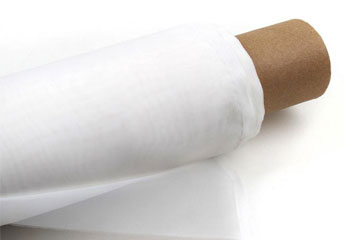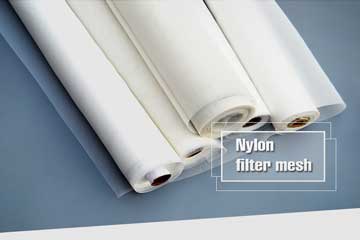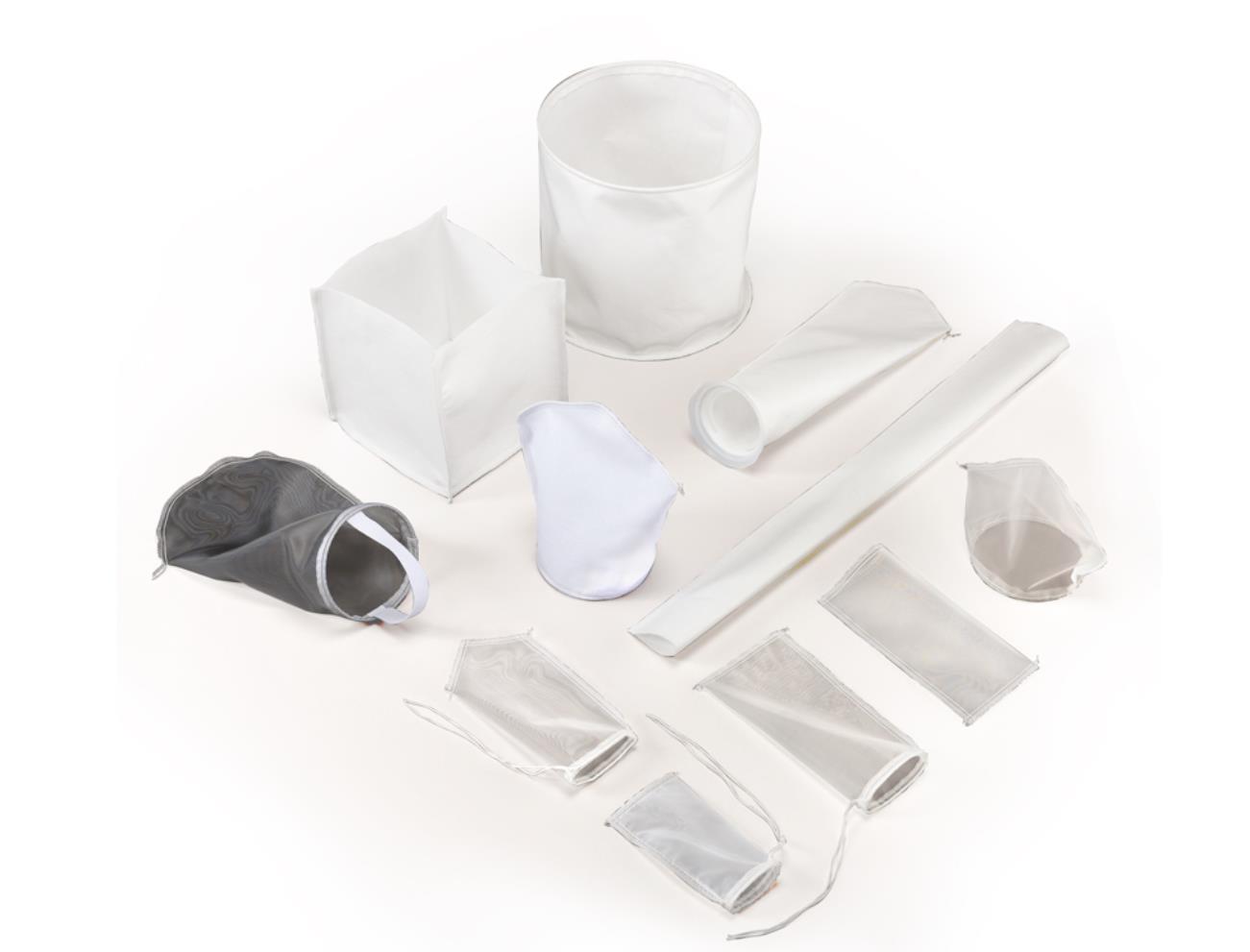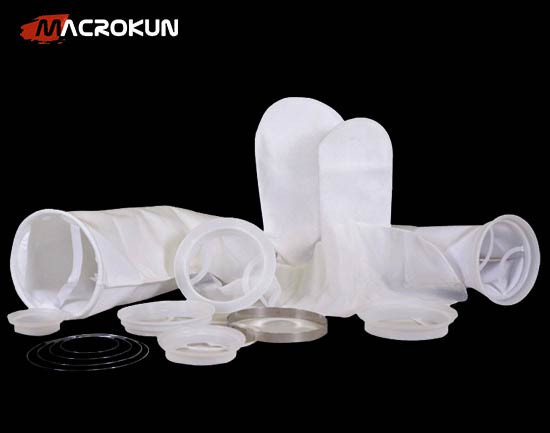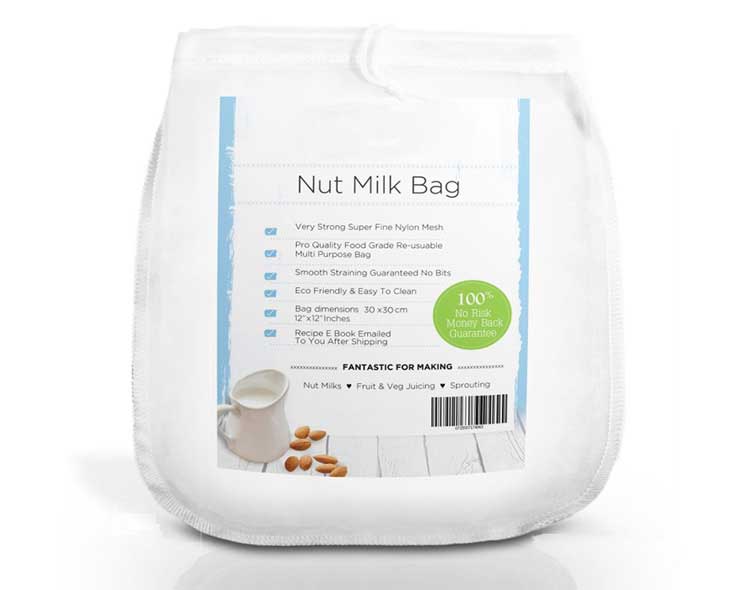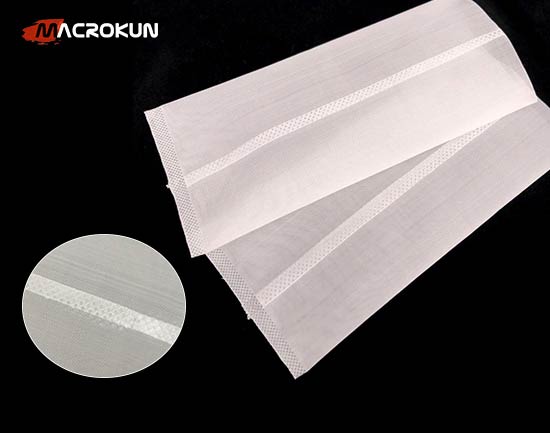Why the nylon membrane disc filter is the smart choice for labs and industry
Choosing the right membrane disc is a small decision that has an outsized impact on repeatability, instrument life, and overall lab efficiency. The nylon membrane disc filter combines natural hydrophilicity, broad chemical compatibility, and mechanical st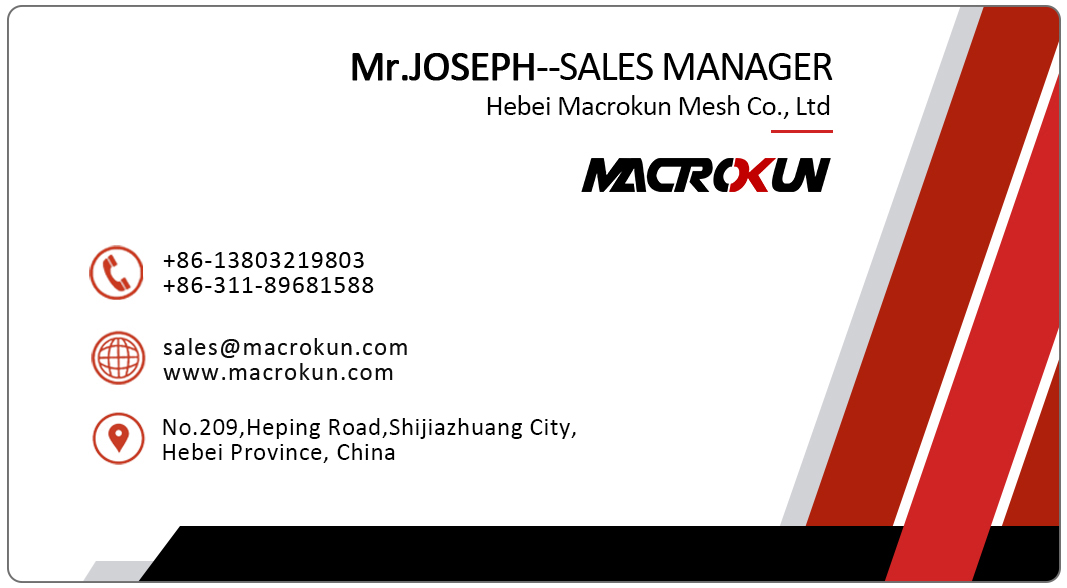
Choosing the right membrane disc is a small decision that has an outsized impact on repeatability, instrument life, and overall lab efficiency. The nylon membrane disc filter combines natural hydrophilicity, broad chemical compatibility, and mechanical strength in formats that fit bench-top sample prep as well as process-scale filtration. For purchasing managers, lab leads, and technicians, understanding the real-world trade-offs — not just the price — is the key to consistent results and lower total cost of ownership.
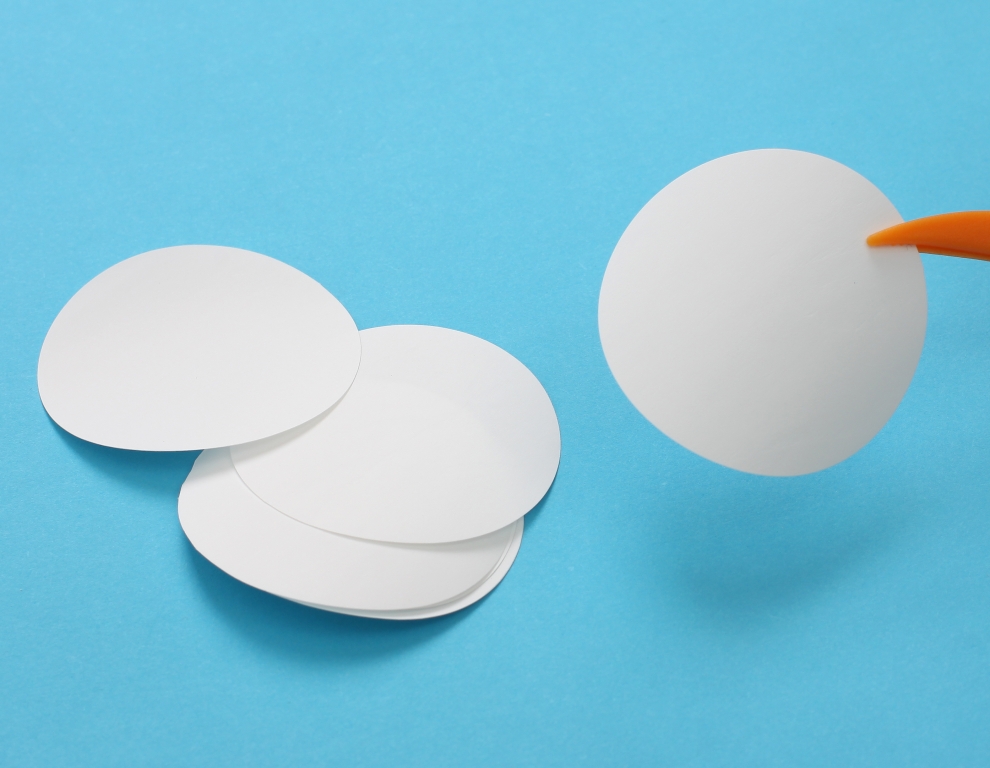
What is a nylon membrane disc filter?
A nylon membrane disc filter is a pre-cut round of nylon filtration membrane made to a specified pore size and produced to tight tolerances. They are commonly supplied as single discs, packs (e.g., 25/50/100 per pack), or as part of syringe filter assemblies. The membrane is typically supported by a backing (polyester or polypropylene) to improve handling and tensile strength, which helps prevent tearing during vacuum or pressure-driven filtration.
Because nylon is inherently hydrophilic, these discs wet out readily with water and many polar-organic solvents — that makes them fast to use and reliable for many routine tasks in analytical chemistry, QC labs, environmental monitoring, and production sampling.
Formats and sizes — pick the right disc for the job
Nylon membrane discs are sold in several standard diameters to match common holders and manifolds:
-
Small discs (13 mm) — ideal for single-sample syringe filtration and rapid HPLC sample prep.
-
Medium discs (25 mm, 47 mm) — common for batch processing with filter funnels and sample manifolds.
-
Large discs (90 mm and above) — used for preparative work, environmental monitoring, and scale-up filtration.
Selecting the correct nylon membrane disc filter size reduces waste and avoids fitment problems. If you consistently process small volumes, stock 13 mm or 25 mm packs; if you run batch filtration, move to 47 mm or 90 mm discs and a suitable manifold or holder.
Why choose nylon over other membrane materials
Nylon stands out for a few practical reasons:
-
Natural hydrophilicity: no pre-wetting agents required for aqueous work.
-
Good chemical compatibility with many polar solvents (alcohols, esters, DMSO in many cases).
-
Low particle shedding and good tensile strength when supported.
This combination makes the nylon membrane disc filter a default for labs that need fast, reliable clarification before HPLC, GC, chromatography, or spectroscopic analysis. That said, nylon is not universally best: for highly nonpolar solvents or extreme pH, PTFE or other specialty membranes may be preferable; for low protein binding needs, PES or specially treated membranes might perform better.
Typical applications where these discs add value
You’ll find the nylon membrane disc filter used across many sectors:
-
HPLC sample preparation — remove particulates that could damage columns.
-
QC sample clarification — ensure consistency across analytical runs.
-
Environmental monitoring and water testing — capture particulates for counting and analysis.
-
Production sample checks — quick inline checks of suspensions and solvent blends.
For each use, the right pore size, backing support, and sterility (if needed) are the practical levers that determine success.
How to choose the right pore size and backing
Pore size is decisive: 0.45 µm discs are excellent for general particulate removal and clarifying samples; 0.2 µm discs are used when finer filtration or bacterial retention is required. Consider using a two-step approach in critical workflows: prefilter with a nylon membrane disc filter at 0.45 µm, then finish with 0.2 µm if sterility or very fine particulate removal is mandatory.
Backing or support matters too. Unsupported discs are fine for gentle handling, but a supported nylon membrane disc filter with a polyester web will resist tearing during vacuum filtration or when handled frequently. For automated or high-throughput settings, supported discs add longevity and reduce rejects.
Buying tips and a practical procurement checklist
When sourcing a nylon membrane disc filter, follow these practical steps:
-
Confirm the exact format and diameter required for your holders.
-
Request or check the Certificate of Analysis (COA) for pore size distribution and extractables.
-
Ask if discs are supplied sterile or non-sterile; for sterile applications pick gamma-sterilized or sterile-packed options.
-
Check membrane backing details and tensile strength if you will use vacuum or pressure.
-
Order a small sample pack to validate with your actual samples before committing to a larger purchase.
These checks reduce procurement surprises and prevent costly returns.
Handling, storage, and incoming quality control
Proper handling and storage preserve membrane performance. Keep discs sealed until use, store in a dry, temperature-stable environment, and always handle by the edges with gloves or tweezers. Incoming QC should include a basic visual inspection (pack integrity, lot code, and absence of visible contamination) and a quick functional test with a representative sample matrix to confirm flow and absence of unexpected extractables.
A short incoming inspection avoids production delays and ensures the nylon membrane disc filter you received behaves like the one you tested.
Cost vs value: think life-cycle, not unit price
Price per disc can vary widely based on brand, format, and pack size. While cheap discs may save money upfront, inconsistent pore sizes, higher extractables, or poor backing can lead to column fouling, reruns, and instrument downtime. Evaluating the nylon membrane disc filter on life-cycle cost — factoring in reliability, reduced rework, and fewer instrument maintenance events — often shows that a modestly higher unit price delivers better total value.
For procurement teams, it’s worth comparing landed cost (including shipping and inspection) and supplier support (COA availability, sample policy, returns) rather than selecting solely on the lowest unit price.
Common pitfalls and how to avoid them
Avoid these frequent mistakes:
-
Buying only on price without a sample validation.
-
Choosing the wrong diameter or unsupported disc for vacuum use.
-
Overlooking extractables data when trace analysis is required.
-
Failing to standardize tools and formats across shifts, which increases variability.
Document an acceptance protocol and make sample validation mandatory before scaling orders.
Final recommendation
Treat the nylon membrane disc filter as a performance component, not a commodity. Start with a validated sample, check COAs and backing specifications, and standardize on the disc sizes that match your workflows. Keep a small buffer stock of validated discs to prevent downtime, and incorporate a simple incoming inspection to catch lot issues early.
When properly specified and handled, the nylon membrane disc filter offers fast wet-out, broad chemical compatibility, and the mechanical strength labs need for dependable filtration — making it a practical, cost-effective choice for analytical, QC, and production environments.
RELATED PRODUCTS
RELATED ARTICLES
Tags:
